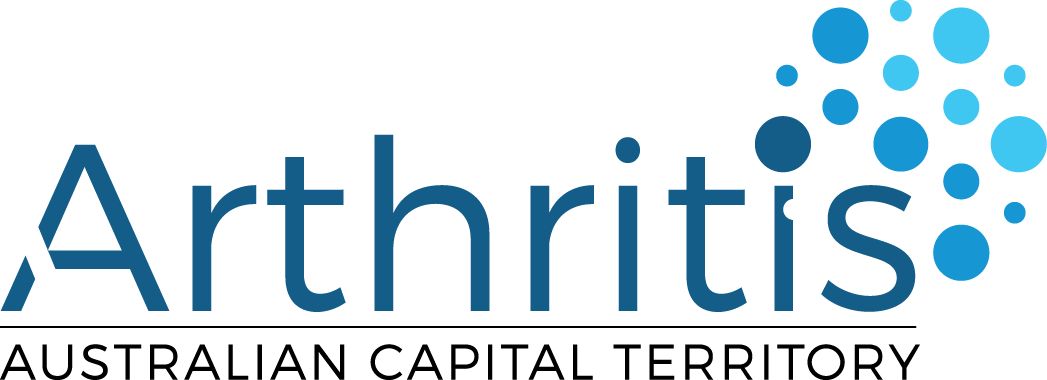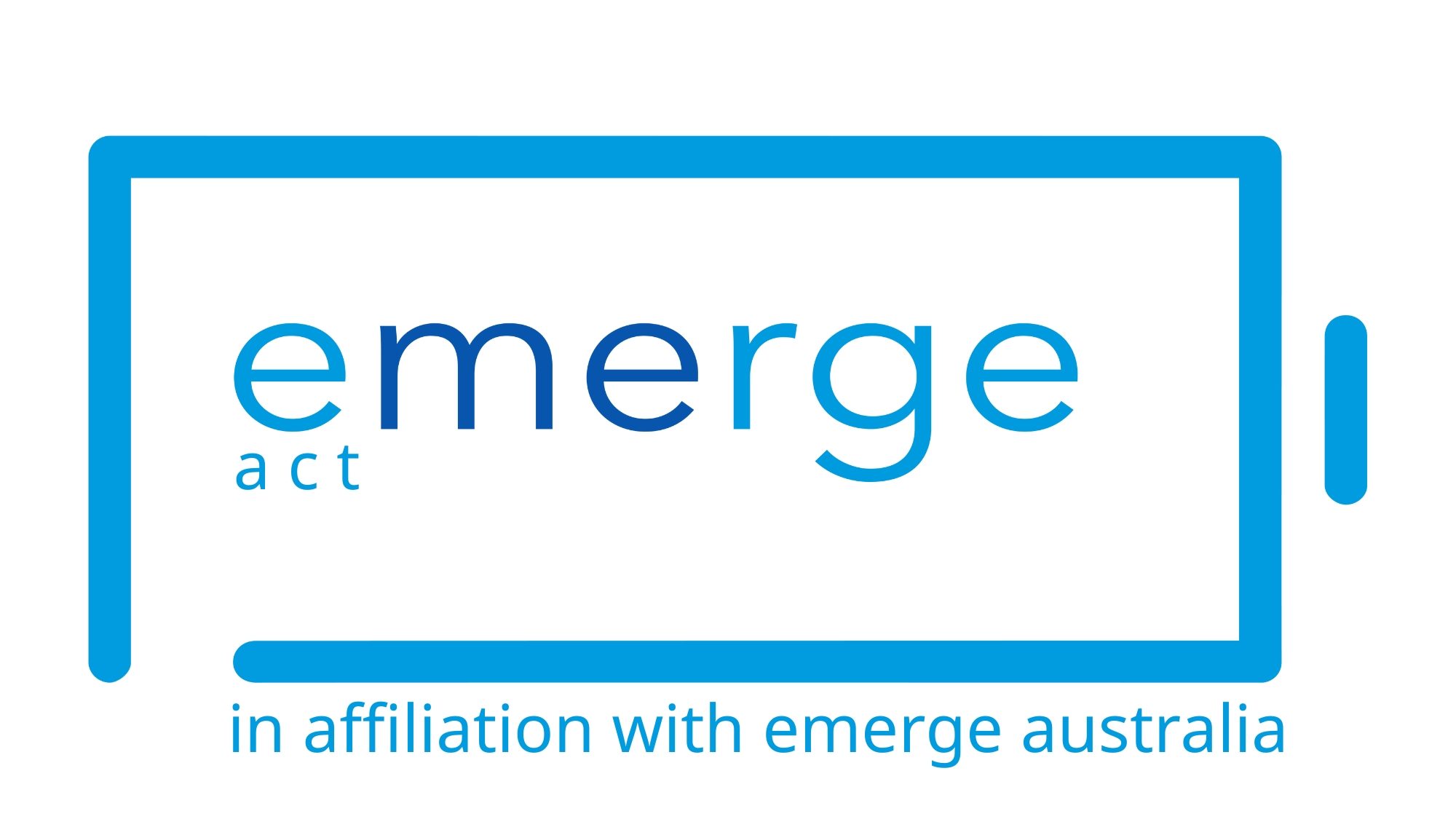Return to: Arthritis ACT, Pain Support ACT, Emerge ACT or Condition Information
About Postural Orthostatic Tachycardia Syndrome (POTS)
POTS is a condition that causes a number of symptoms when you transition from lying down to standing up, such as a fast heart rate, dizziness and fatigue. It’s a disorder of the autonomic nervous system.
What causes POTS?
POTS can develop suddenly or gradually over time. It is not clear what causes POTS.
POTS may be more likely to occur with long Covid, Myalgic-encephalomyelitis (ME) or chronic fatigue syndrome (CFS), or joint hypermobility syndrome.
How is POTS diagnosed?
It can take time for people to be diagnosed with POTS as the symptoms are similar to other conditions. Referral to a cardiologist, neurologist and rehabilitation specialist may be required.
Diagnosis Using Heart Rate: POTS is indicated when a heart rate increase of 30 beats per minute (bpm) or more, or over 120 bpm, within the first 10 minutes of standing, in the absence of orthostatic hypotension. In children and adolescents, a standard of a 40 bpm or more increase has been adopted.
Tilt Table Test: POTS is often diagnosed by a Tilt Table Test. A procedure that measures a person’s heart rate and blood pressure while they move from a lying position to an upright position.
Active Stand Test: POTS can be diagnosed with bedside measurements of heart rate and blood pressure taken in the supine (laying down) and standing up position at 2, 5 and 10 minute intervals.
ECG and 24-hour Blood Pressure Monitoring
Urine and Blood tests to rule out other conditions.
How is POTS managed?
There’s currently no cure, but it can be managed with changes to lifestyle, or sometimes treatment with medicines. Finding the right treatment may take time. High fluid intake, additional salt, counter manoeuvres, small frequent meals, gentle exercise, compression clothing may be used to manage POTS (should be discussed with health professional first).
Self-Management: When feeling faint or dizzy try lying down and raising the legs until it eases. If unable to lie down the following may help:
- Cross the legs with 1 in front of the other while standing
- Rocking up and down on the toes
- Clenching buttock and tummy muscles
- Clenching fists
Dos:
- Try to avoid the things that trigger your symptoms
- Drink plenty of fluids until your pee is pale
- Try gentle exercise, such as walking, pilates and swimming – be careful when exercising and stop if you have any symptoms
- Raise the head of your bed so you’re not lying completely flat
- Wear support tights to improve blood flow
Don’ts:
- Do not stand up for too long
- Do not get up too quickly after lying down – sit for a while before standing up
- Do not drink too much caffeine or alcohol
What are the common symptoms of POTS?
Some symptoms happen when standing up and get better on sitting or lying down, such as:
- Dizziness or light-headedness
- Noticeable heartbeats (palpitations)
- Chest pain
- Shortness of breath
- Shaking and sweating
- Fainting or nearly fainting
Other symptoms:
- Stomach or digestion problems such as feeling sick, being sick, diarrhoea, constipation, bloating and tummy pain
- Headaches, problems with sight such as blurred vision or tunnel vision
- Hands and feet looking purple
- Weakness and extreme tiredness (fatigue), not being able to do much exercise and sleeping poorly
- Problems thinking, memory and concentration (brain fog)
Symptoms may be worse in the morning and they may change from day to day.
What makes POTS symptoms worse?
Some things can also make POTS symptoms worse such as:
- Being in a hot place
- Standing or sitting upright for long periods of time
- Eating, especially refined carbohydrates like white bread
- Not drinking enough fluids
- Drinking alcohol
- Resting too much
- Exercise
- Menstruation
- Stress
Who can help?
A Physiotherapist can assess, diagnose, and treat conditions that affect movement and pain.
Exercise Physiologist can assess, plan, and implement exercise programs to help manage POTS.
Occupational Therapist can help with modifying everyday activities.
A support group to share and learn from others living with POTS.


